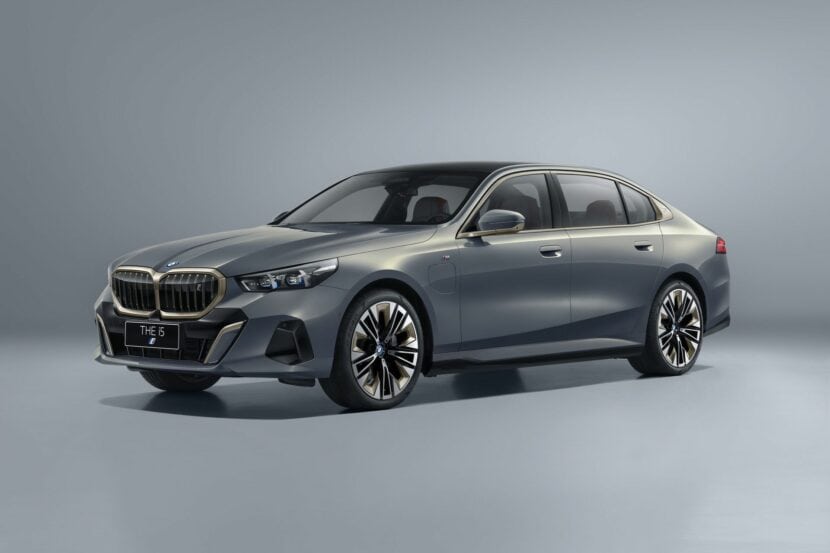Since the current, F10 BMW 5 Series is bound to go out of production this October, the new G30 model is set to be unveiled in the near future. The new midsize sedan will pick up where its predecessor left off and will bring a host of improvements to the market. One of the most important changes will be the drop in weight that has been talked about on numerous occasions.
Today, the 5 Series is regarded as one of the heaviest models in its segment and rightfully so. This also led to disappointing reviews for the M5 model that was deemed just too overweight compared to its predecessors. Being considerate of customers’ feedback, BMW has addressed this issue with the upcoming model and in order to do so, some process rengineering was needed..
We already knew that the new 3 Series, 5 Series and 7 Series will be built atop the so-called ’35up’ or Cluster Architecture (CLAR) modular platform. This will allow engineers to use more lightweight materials while also borrowing different underpinnings from one model to the other. However, it seems like the new 5 Series will be a sort of hybrid between the 3 Series and 7 Series, depending on the specific model.
According to one of our sources inside Munich, the entry-level 5ers will be using the same front axle as the upcoming G20 3 Series in the hopes of reducing the weight of the car by as much as possible. This way, it would seem like the 520i and 520d models will weigh just a tad over what their 320i and 320d brothers. At the other end of the spectrum, cars like the 540d and M550i will be adopting the same axle as the current 7 Series, to make sure the driving experience is on par with the expectations.
These upper-range models will also come with the Dynamic Drive option which will see the introduction of the new Adaptive driving mode on the 5 Series for the first time, following in the footsteps of the 7 Series. Dynamic Drive uses active stabilizers on the front and rear axles to counteract the vehicle’s tendency to roll in a corner. Working together with acceleration and position sensors, a management system and other components, such as a compensation tank for sound control, the system ensures the best agility at all speeds, balanced reactions to load changes and precise steering.





































































